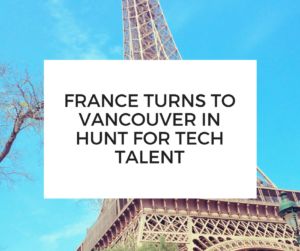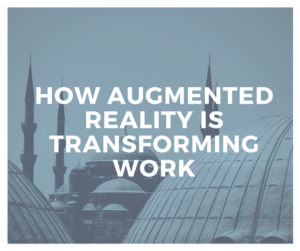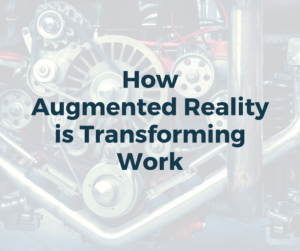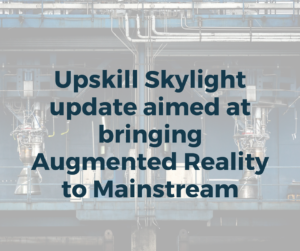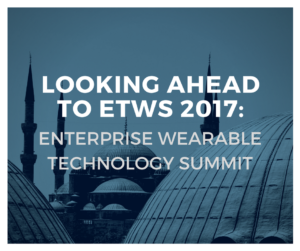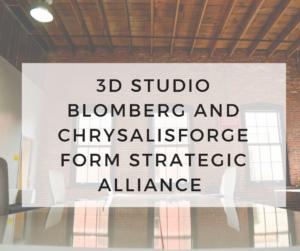As the Canada-European Union Comprehensive Economic and Trade Agreement (CETA) went into effect just last month, French officials in Vancouver are providing the local tech market with information on what’s now Europe’s second-largest venture capital market, in an effort to attract B.C. startups to engage France as an incubator.
The largest of these efforts will come on November 2 and 3, when the Vancouver French consulate will co-host “Enterprising Culture” – a combination of panel discussions, industry forums, demos and networking gatherings – at Emily Carr University’s new campus on Great Northern Way.
Vancouver’s Centre for Digital Media (CDM) and Emily Carr are the other co-hosts.
Philippe Sutter, the new consul general of France in Vancouver, said the B.C. tech sector and its startup scene are squarely in the sights of French officials because the country is looking for young, innovative talent to kick-start Macron’s plan to invigorate the economy through technology.
“The business links and co-operations between French startups and B.C. startups will be very important,” Sutter said, adding that officials want to avoid putting out the message that CETA would benefit only agriculture or resources trade. “Strengthening the relationship between the young generation – so not only encouraging interaction between big corporations, but also companies in the startup phase – is crucial for strengthening trade and investment between France and B.C.”
Patrick Pennefather, continuing senior lecturer at CDM and one of the event’s key organizers, said it will gather, in addition to other industry attendees, five virtual-reality/augmented-reality (VR/AR) technology companies each from B.C., Ontario and France.
He added that the timing not only demonstrates France’s newly invigorated interest in technology like VR/AR, but also highlights a broad, global convergence of awareness of how such technology can have broad implications in industries like health care.
“The important thing, I think, is this seems to be an event that’s well timed and current to the [industry] ecosystem in Vancouver,” Pennefather said. “The ecosystem here is now better at generating investment and interest, not just from government, but from external parties as well.”
He added that CDM representatives will likely attend a February conference in Paris on VR/AR to see if further development opportunities exist. He said CDM’s position as a research and development hub has already attracted industry interest, and the French wave is simply another part of that enthusiasm.
Further information from the same article can be found here.

